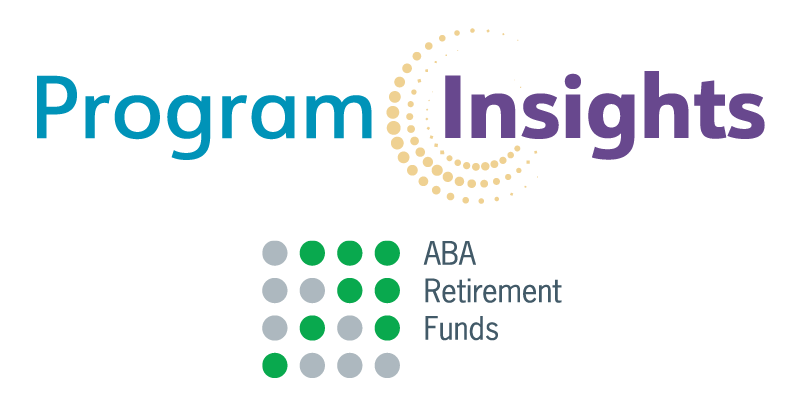For those of you who have an outstanding federal student loan, likely you have been enjoying a pause in repayments. This forbearance came on the heels of the economic relief provided to many due to the pandemic. The final extension on federal student loan repayments, interest, and collections has been granted by the U.S. Department of Education through December 31, 2022.¹
With repayments starting again in January 2023, these frequently asked questions may help as you get ready to restart your payments.
How can I prepare?
Review your student loan information. Know your servicers, repayment status, monthly payments, interest rates and the balance of what you owe. If you are not sure you can visit the Federal Student Aid website.2
Will I be required to make payments on my federal student loan when the forbearance expires?
Yes. Failure to do so could result in your loan(s) being placed in default, which can negatively affect your credit and overall financial wellness.
What action will I need to take when payments are expected to resume?
Confirm any automatic payments are up to date with your loan service provider and budget accordingly for the required monthly payment.
If you are not on automatic payments, be sure you are making your monthly payments on time. Your servicer can help you with the best options.
What if I cannot afford my loan payments come January?
You may have the potential option to lower your monthly payments via a government repayment program that will consider your discretionary income. This program is known as an income-driven repayment (“IDR”) plan, and it sets your payments based on your income and family size. This is a personal choice. If an IDR is not right for you, you can also contact your loan service provider to help you understand your options.
Do I qualify for debt cancellation?
For information on the U.S. Department of Education’s debt cancellation plan, please visit https://studentaid.gov/debt-relief-announcement/.




